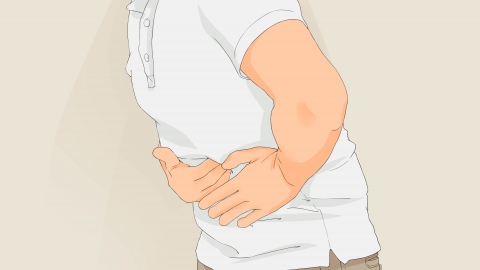What are the symptoms of cholecystitis in men?
Male patients with cholecystitis may experience symptoms such as right upper abdominal pain, nausea and vomiting, fever, indigestion, jaundice, etc. Symptoms often relate to dietary factors. During acute episodes, symptoms are typically severe, while in the chronic phase, they tend to recur repeatedly. If persistent right upper abdominal pain, high fever, or jaundice occurs, immediate medical attention at a hepatobiliary surgery department is recommended.

1. Right upper abdominal pain: This is a typical symptom. During acute episodes, the pain is sudden, persistent dull or colicky pain that may radiate to the right shoulder or back, and worsens after consuming fatty foods. In the chronic phase, the pain is usually a mild, dull ache or bloating sensation in the right upper abdomen, less intense but prone to recurrence.
2. Nausea and vomiting: Often accompanies abdominal pain. During acute episodes, vomiting is frequent and typically consists of gastric contents; some patients may experience temporary relief of pain after vomiting. In the chronic phase, nausea usually occurs after meals, and vomiting is relatively mild.
3. Fever: Patients with acute cholecystitis commonly develop fever, with body temperature generally ranging from 38°C to 39°C. If bile duct infection is present, the temperature may exceed 39°C, accompanied by chills. Patients with chronic cholecystitis typically do not have significant fever, or may only exhibit low-grade fever.
4. Indigestion: Manifests as postprandial bloating, belching, and loss of appetite, particularly aversion to greasy foods. Some patients may experience diarrhea or constipation. Symptoms often worsen after eating and are associated with abnormal gallbladder contraction and impaired bile flow.
5. Jaundice: If cholecystitis is complicated by bile duct obstruction, yellowing of the skin and sclera may occur, along with darkened urine and pale stools. This often indicates a more complex condition and requires prompt evaluation for bile duct stones or bile duct inflammation.
In daily life, maintain a low-fat diet, avoid overeating and alcohol consumption, eat regularly to reduce gallbladder irritation, ensure adequate rest and avoid excessive fatigue, follow medical advice for regular gallbladder ultrasound check-ups, and seek timely medical care if symptoms worsen.





